$20.20
SKU: D2LSC 3338754304 Category: ORNAMENTAL GRASSES
- Safe Shopping Guaranteed
- Nature-friendly materials, 100%.
- Fast and Secure Payments
- Safe Payments, Secure Personal Information

Moody Blues Blue-Eyed Grass
Sisyrinchium idahoense var. macounii ‘Moody Blues‘
Plant Details
USDA Plant Hardiness Zones: 4a-9b Find Your Zone
Plant Type: Perennial
Height at Maturity: 6-10″
Width at Maturity: 12″
Spacing: 10″ mass plantings
Spacing: 10″ mass plantings
Growth Habit / Form: Upright Grassy Clump
Growth Rate: Fast
Flower Color: Brilliant Violet-Blue with Yellow Eye
Flower Type: Single
Flower Size: Small 1″
Flowering Period: Late Spring to Mid Summer
Flowering Period: Late Spring to Mid Summer
Fragrant Flowers: N/A
Foliage Color: Blue Green
Fragrant Foliage: No
Berries: No
Sun Needs: Full Sun or Partial Shade
Water Needs: Average
Soil Type: Clay (amend heavy clay to ensure good drainage), Loam, Sandy (amend quick draining soil for moisture retention), Silt
Soil Drainage: Moist But Well Drained
Soil pH: 5.0 – 7.0 (Acid to Neutral)
Maintenance / Care: Very Low
Attracts: Butterflies, Beneficial Pollinators, Visual attention
Resistances: Cold Temperatures (-30F / Zones 4a-9b), Deer, Disease, Heat, Humidity, Insect, Rabbit
Description
An improved North American native Blue-Eyed Grass, ‘Moody Blues’ has the largest flower of all in the genus. From mid to late spring through early to mid summer it shows off abundant cheery bright violet-blue flowers with yellow eyes atop a clump of grassy, iris-like blue-green foliage. If trimmed after the first bloom it will rebloom through late summer to early fall. A very low maintenance plant, this diminutive beauty is great for pollinators and early season butterflies and its seeds are enjoyed by birds. Excellent as an accent in small garden spaces and containers or in groupings or as a low border in garden beds or along paths and walkways.
Interesting Note
Despite it’s common name, blue-eyed grass is not a grass. The genus Sisyrinchium is a group of perennial plants in the iris family (Iridaceae).
Landscape & Garden Uses
Growing 6 inches tall with flowers to 10 inches, and spreading to 12 inches or more, Moody Blues Blue-Eyed Grass is a perfect choice for use as an accent in small garden spaces and containers or in groupings or as a border edger along garden beds or paths and walkways. It looks great around rocks and boulders and around the garden pond. A fine addition to butterfly and pollinator gardens, ornamental grass gardens, cottage gardens and blue theme gardens.
Suggested Spacing: 10 inches for mass plantings; 18 inches or more for space between plants
Growing Preferences
Moody Blues Blue-Eyed Grass is very easy to grow in most any moist but well-drained soil of average fertility and full sun to part shade. Established plants have moderate drought tolerance but it doesn’t like soil to dry out completely. Can be grown in pots, planters and other containers. Essentially maintenance free when established. It slowly naturalizes into clumps by spreading roots but is not invasive at all. We rarely fertilize or prune it. In areas that experience colder winters the foliage may need to be groomed or cut back to the ground before new growth emerges in spring.
Helpful Articles
Plant as you would Sweet Flag (Acorus)…
How To Plant And Care For Sweet Flag Acorus Plants
How To Measure Total Square Feet Of A Planting Area
How Many Plants Needed To Cover A Planting Area?
Plant Long & Prosper!
Meet The Wilson Brothers & Staff
Questions? Contact Us!
Be the first to review “Moody Blues Blue-Eyed Grass (Sisyrinchium) – 1 Gallon Pot” Cancel reply
Related products
Sale!
ORNAMENTAL GRASSES
Maiden Grass – Miscanthus Sinensis ‘Gracillimus’ – 1 Gallon Pot
$20.20
Sale!
ORNAMENTAL GRASSES
$27.28
Sale!
ORNAMENTAL GRASSES
$22.30
Sale!
ORNAMENTAL GRASSES
$27.98
Sale!
ORNAMENTAL GRASSES
$46.80
Sale!
ORNAMENTAL GRASSES
$39.00
Sale!
ORNAMENTAL GRASSES
Morning Light Maiden Grass – Miscanthus Sinensis – 1 Gallon Pot
$23.08
Sale!
ORNAMENTAL GRASSES
$44.70

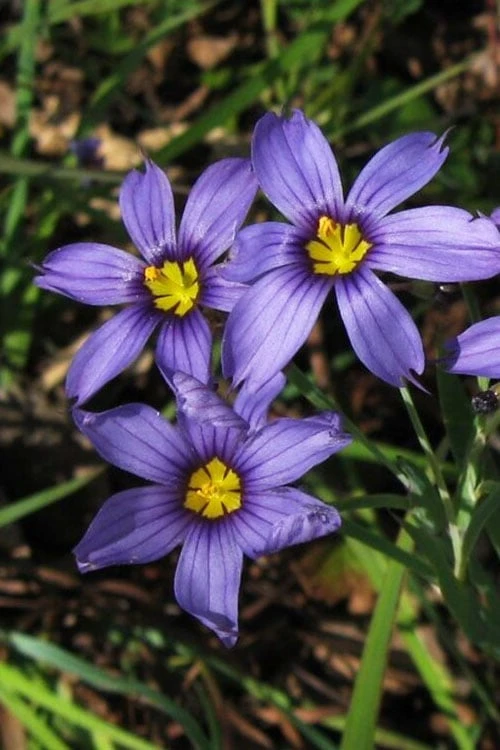
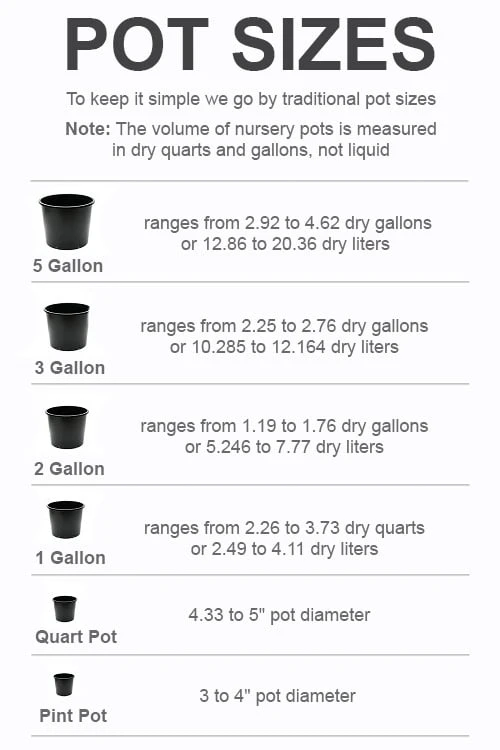
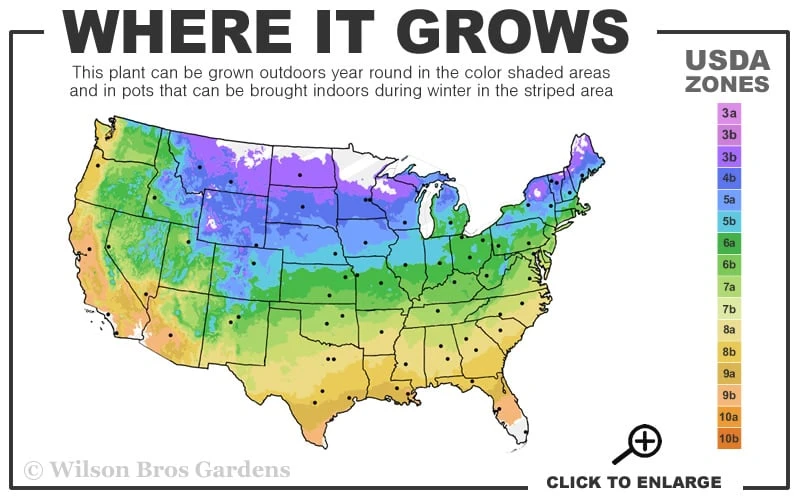



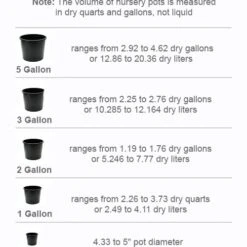
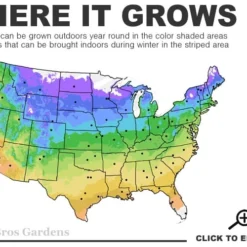
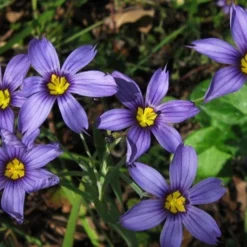
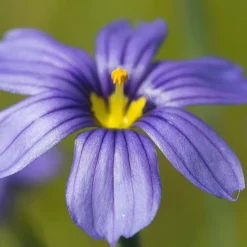
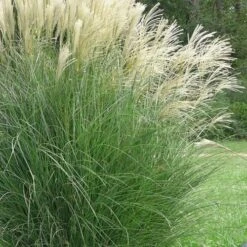
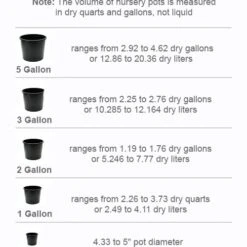
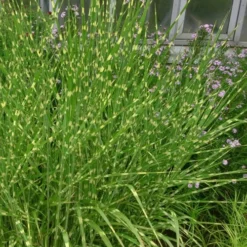




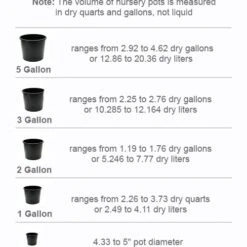

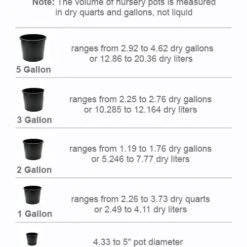
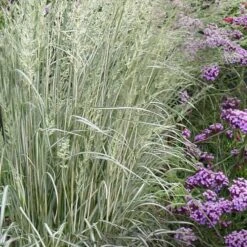
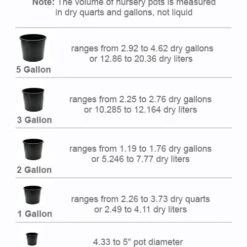
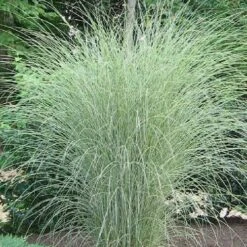

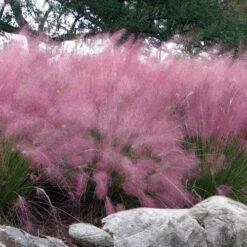
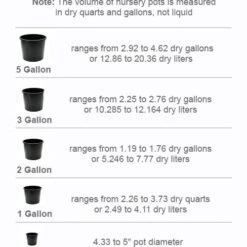
Reviews
There are no reviews yet.